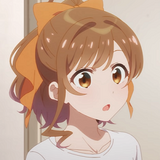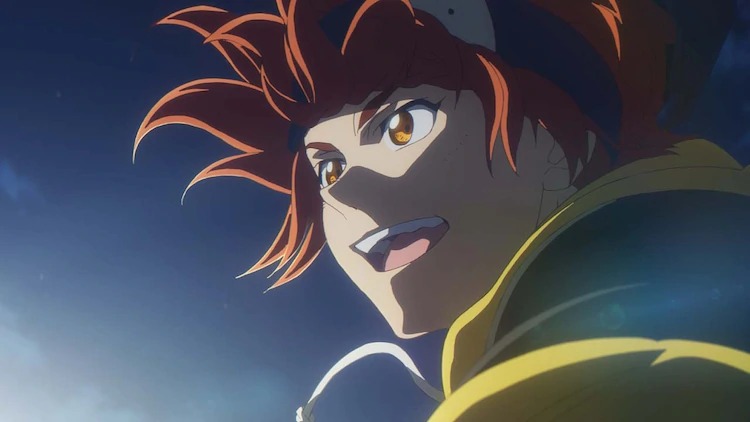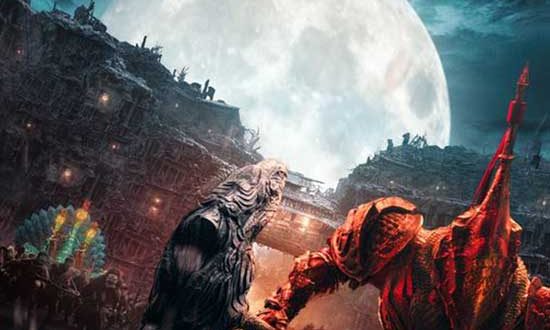#FEATURE: Why Player Agency Makes Adapting Games Like NieR:Automata So Difficult

Table of Contents
“FEATURE: Why Player Agency Makes Adapting Games Like NieR:Automata So Difficult”
Hello everyone, and welcome to Why It Works. Have you heard the recent announcement of a NieR:Automata anime production? To be honest, my reaction so far has been more puzzlement than excitement, though that’s certainly not the fault of Automata itself. In fact, I think Automata is one of the best games of all time and one of a rare handful of games that make the player’s agency feel genuinely meaningful. As it turns out, the better a video game is, the harder it becomes to adapt it to another medium — a phenomenon we’ll be exploring today as we tackle the difficulty of turning Automata into animation!

Image via Aniplex
Every artistic medium has its own signature tools for expression. Novels have long-form prose, inviting stories that are rich in character interiority or lyrical eloquence, while the primarily visual nature of a medium like film invites stories that are told more through movement and mise-en-scene. For games, their defining feature is that the audience in some way controls the outcome. Player agency defines video games as an artistic medium — and the best games, those that make use of their medium to make grand and impactful emotional statements, explicitly capitalize on the audience’s feeling of “ownership” or “responsibility.” The responsibility of choice and the freedom of play; together, these unique qualities of games allow for stories and experiences unlike any other.
You can see how these signature strengths might make for difficult adaptation. In fact, the more a video game leans into what video games are good at, the less possible it is to translate any of that game’s strengths into other mediums. If a video game successfully capitalizes on the player’s agency in order to amplify its dramatic effect, then some of its essence will necessarily be lost in the transition to a non-interactive medium. If a game uses its base gameplay or world design to turn play into storytelling, that grace of medium-specific narrative design will also be lost. The more a game makes you feel responsible and emotionally culpable for your choices, good or bad, the less a film or show will be able to capture what made that game special.
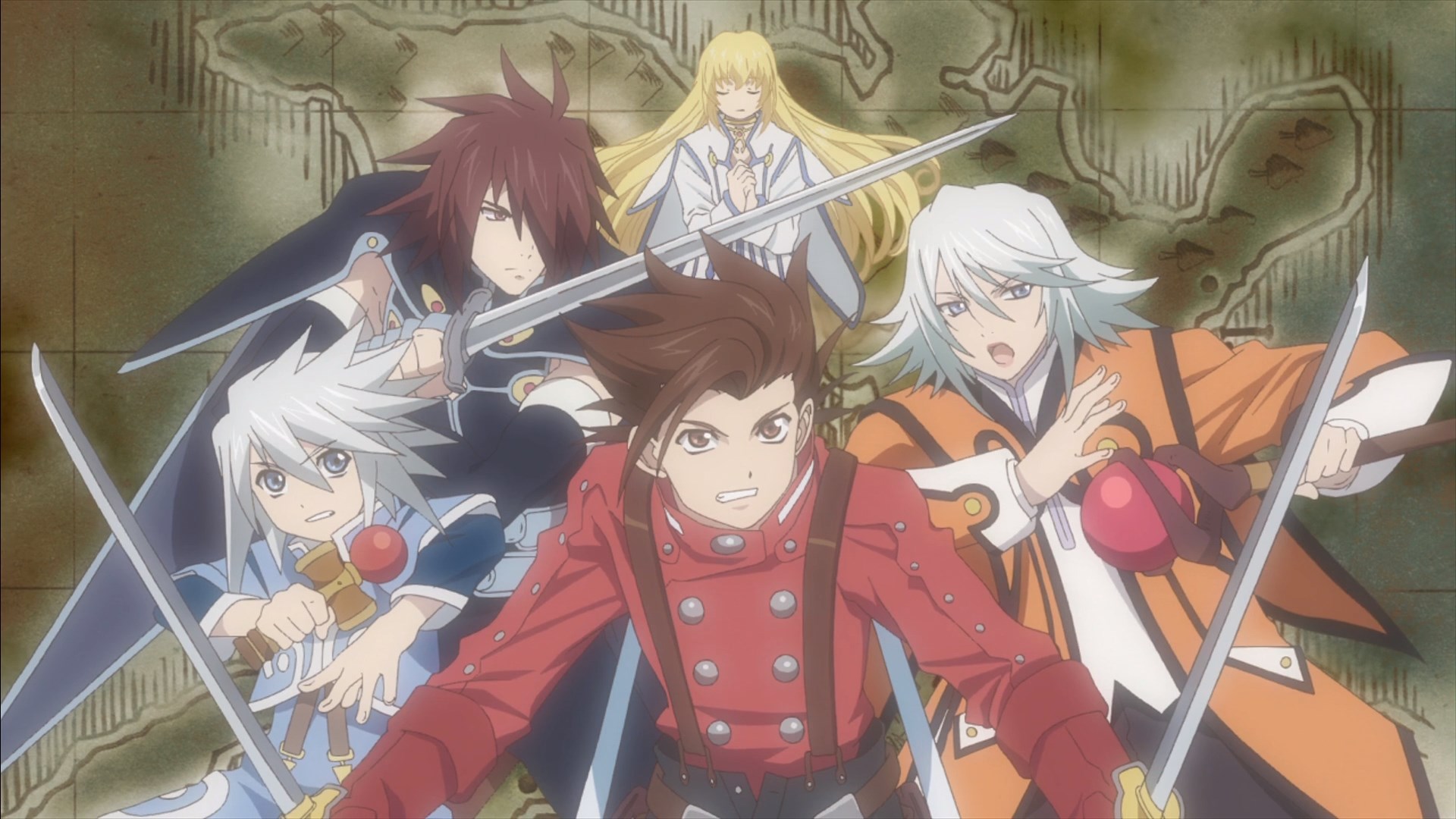
Even adapting a linear role-playing narrative from gameplay to animation somewhat undercuts the experience, as role-playing narratives build relationships between the characters and the player through time and repetition. It’s not just the bold narrative events of a great RPG that make you care about the characters — even more important are the idle moments of rest or all the time spent battling out in the field, coming to love your regular companions. When RPGs are synthesized down to a straight procession of narrative beats, they lose the sense of carefree camaraderie that makes managing a fantasy party so intimate and special.
As a game that both expresses narrative through play and emphasizes the dramatic responsibility of player choice, NieR:Automata will make for a doubly difficult adaptation. Automata’s fast-paced action is designed to feel thoughtlessly satisfying until the very moment you question who you’re killing. That alone is a clever fusion of gaming’s unique tools, “misleading” the player with friction-free mechanical design in order to make a dramatic point. Automata’s multi-branching narrative encourages choice and failure, naturally reflecting on how the process of coming to understand oneself and others is the work of multiple lifetimes — another emotional beat that linear narratives could only translate as “we’re stuck in a time loop.” And of course, rather than filling its early hours with incidental dramatic arcs, Automata first builds the bonds between its characters across many hours of idle, incidental banter — that unique strength of long-form RPGs, yet another thing that can’t carry over into animation.
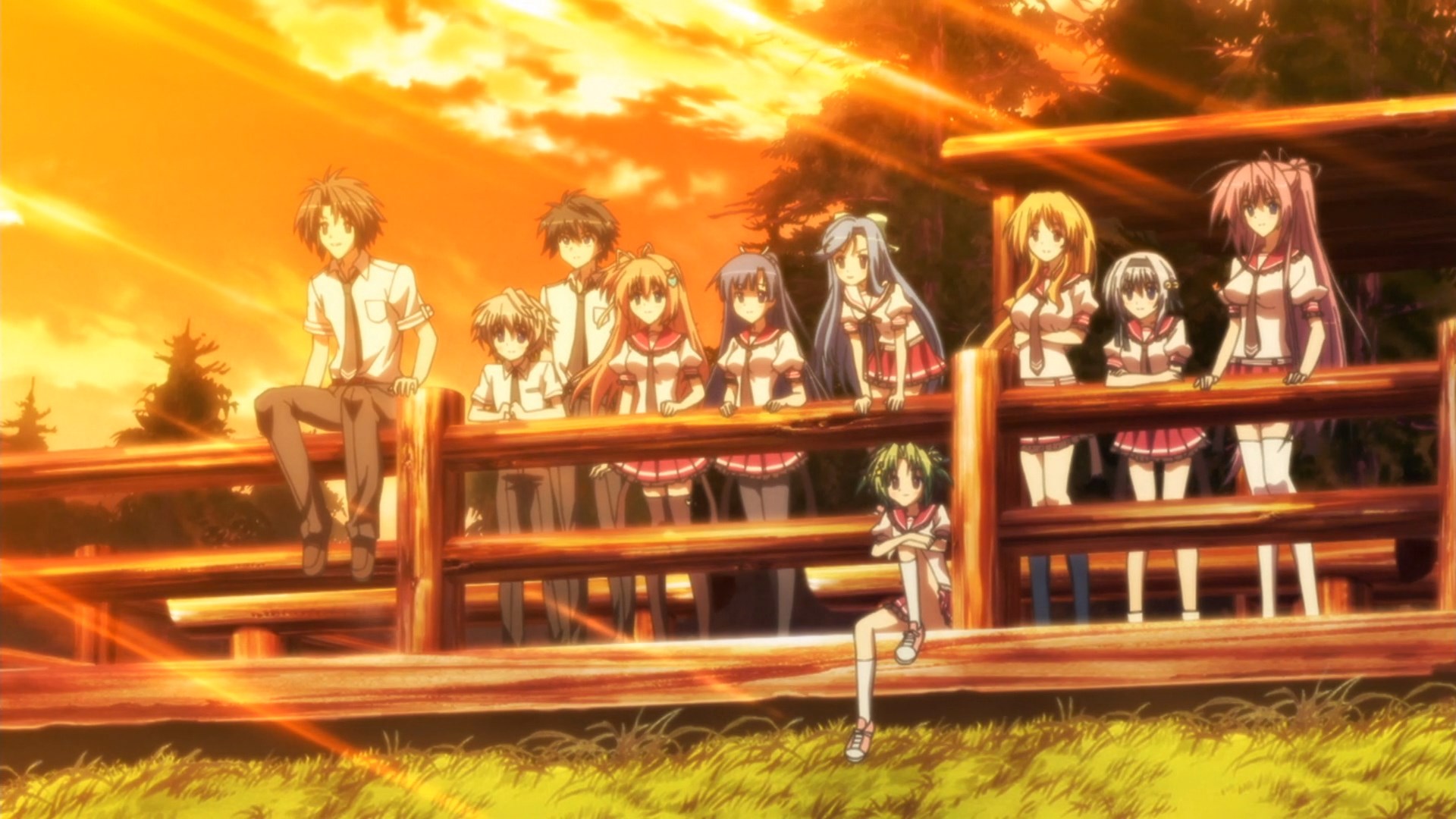
Anime and other mediums have attempted a variety of methods to combat this core adaptive contradiction. Anime’s conjoined history with the visual novel medium has offered a variety of potential solutions. Some shows simply follow all of the player’s potential options one after the other, some merge them into a continuous route, and others choose a “true route” to prioritize as their adapted narrative. These choices have resulted in a variety of beloved anime, but even their proponents would likely attest that they are far from “clean” solutions and that something is still lost in the translation to animation. There is just no replacing a medium’s beating heart, and the heart of interactive media is, unsurprisingly, its interactivity.
Incidentally, “the most game-focused games make for the hardest adaptations” naturally implies a funny corollary: that it is the least game-like games that are most easily adapted, as they weren’t really making much use of game design in the first place. Games like Uncharted or The Last of Us were more or less designed as interactive movies, so it’s not hard to transition their setpieces back into a film or television format. If a game’s interactivity is limited to “you play through action setpieces divided by cutscenes,” then a working adaptation isn’t too tall of an order.
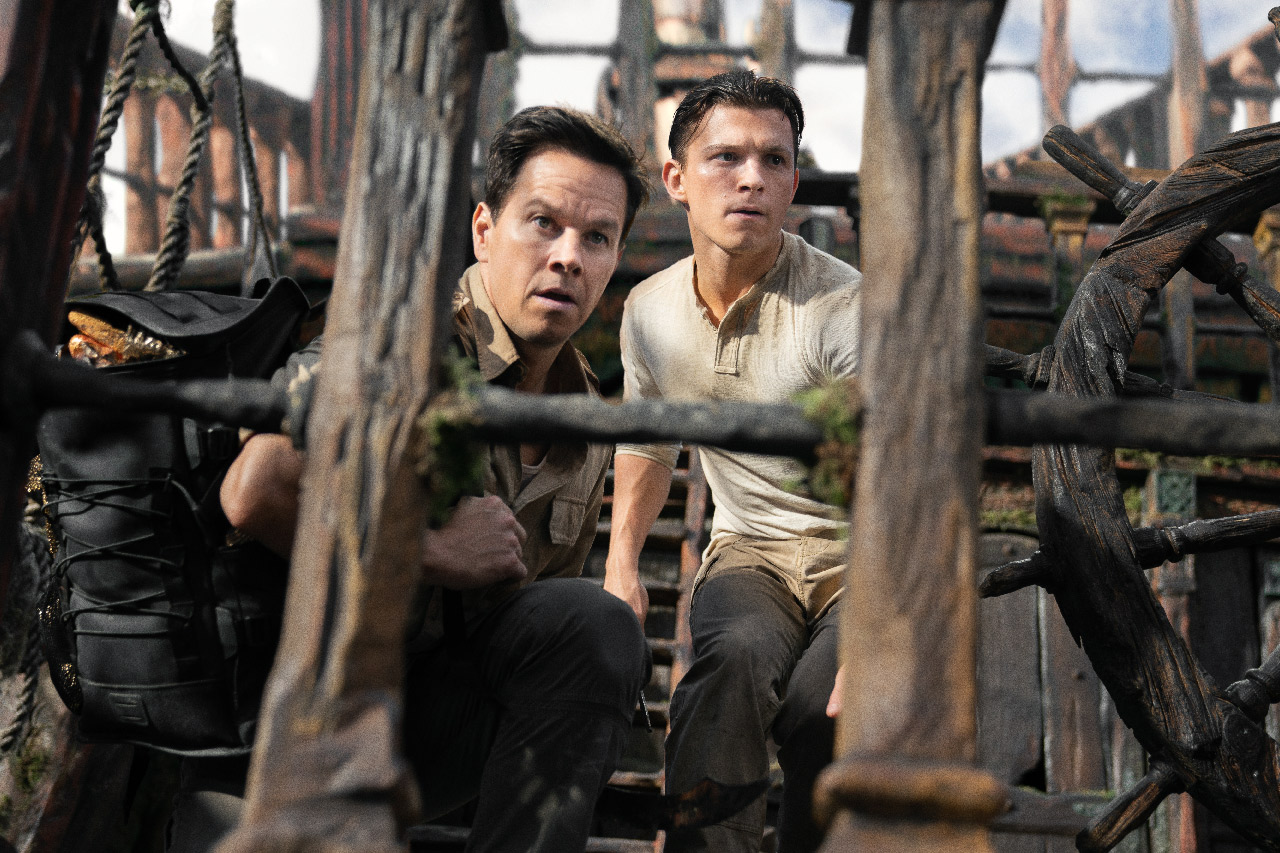
Image via Sony Pictures
The ultimate truth of it is that adaptation between mediums will always be an imperfect art, because the best works of art are explicitly designed to make the best use of their chosen medium. The greatest works of art in video games make agency an explicit part of their strength, just as the greatest novels, poems, and plays all lean into the unique proficiencies of their own aesthetic toolkit. Every medium is able to express the human experience in its own way, and each of them are valuable in their own right. I’ll be keeping my eye on Automata’s anime, but I can already see the difficulty of the task set before its creators. Either way, the original will always exist and will always demonstrate what makes video games special.
Nick Creamer has been writing about cartoons for too many years now and is always ready to cry about Madoka. You can find more of his work at his blog Wrong Every Time, or follow him on Twitter.
Do you love writing? Do you love anime? If you have an idea for a features story, pitch it to Crunchyroll Features!
If you liked the article, do not forget to share it with your friends. Follow us on Google News too, click on the star and choose us from your favorites.
For forums sites go to Forum.BuradaBiliyorum.Com
If you want to read more anime-manga articles, you can visit our anime-manga category.

